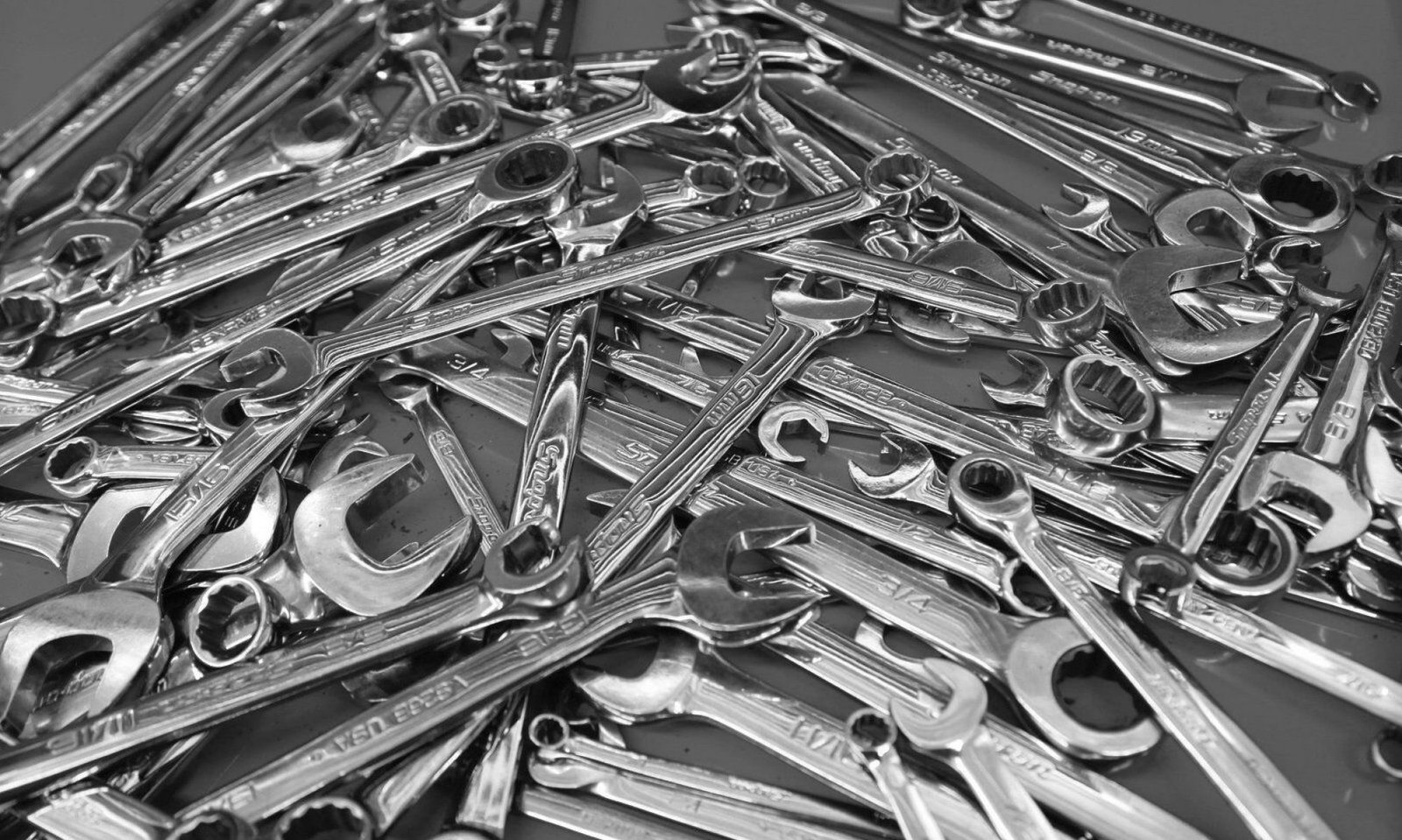Tire air pressure for a BMW motorcycle, wobble, inflation, pressure, valve stem cap nut, gauge, maintenance, and repair
BMW motorcycle tire air pressure
So much was made about tire pressure that I was finally tempted to write something. I didn’t do it earlier because my information and experience are old. Tires have changed a lot since then, and I have no experience with any of them. Read this as a glimpse into history, not as any recommendation for today.
It is normal to slowly lose air pressure when using tubes made of natural rubber. Check it frequently and add as necessary. The advantage touted by manufacturers is that a natural rubber tube is less likely to get a rip when punctured by a nail. A rip is a “blowout”; if you haven’t encountered one, be glad. I prefer natural rubber tubes.
Experience and testing gave us the numbers that we used. They were always within the recommended guidelines of the tire manufacturer. The upper end is for a heavy load, not a 175 lb solo rider.
In our shop setting, we found that one mechanic would change a tire, let it sit, and maybe another might test it for leaks just before mounting it back on the bike. We needed a “shop standard” amount of pressure. We settled on 30 lbs of air, front, and rear, for everybody. It may be a bit on the low side, but it is within the guidelines and should be safe. If the customer wanted, we would add in the amount requested when the bike was picked up. It was noted on the work order copy what the customer got. Most bikes went out with 30 lbs. We never had a tire pressure problem that was brought to our attention.
Our quick tire pressure test
We needed a method to get us a “ballpark” figure. It is pretty easy to press your thumb into the tire and feel how much pressure is in it. The various characteristics of each tire changed the force needed to “dent” it. With our limited variety of tires, this was minor. One could learn to get within 2-3 lbs of the correct number. We used this when accepting a bike for work. It was one of many tests. If we felt the pressure was too low or occasionally too high, we would use an actual gauge. This method will not be helpful to most of you.
Start with a good gauge and an air pressure source. We used the tread as our test spot. This changes some with wear. Pump it up to 40-50 lbs and press your thumb into the tire. Let out a few lbs and do it again. Keep doing it till you are down to about 10 pounds. If you don’t feel any change with your thumb, forget the whole idea and take up another hobby. If you find a group of bikes, try them all and double-check your results with the gauge. After a few dozen, you probably will get the “feel” of it.
One of the things that you may notice with various pressures is that at 30 lbs, you may have some low-speed wobble tendency. Some info on wobbles. Add 5 pounds of air, and it may be gone. Does that mean that your tire should have 35 lbs? No, not necessarily, but the reduced traction from the higher pressure is enough to reduce the feedback that sustains the oscillation. Within the proper range of air pressure, the bike really shouldn’t wobble. More info on this and balancing can be found elsewhere on this site.
Buy a good air pressure gauge
In this modern era of digital everything, one may feel tempted to buy one. The one I would carry in my toolkit is the most reliable one I could find, the old pencil type. There is nothing to break or the battery to go dead. The only enemy is dirt. How do you know that it is accurate? You don’t, but check it against several others. That will ensure that it is close. The thing that I care about most is that it repeats itself. I want any error to stay the same. I still use a gauge that is about as old as I am and still works.
The valve stem
In the photo above, you can see that the knurled nut isn’t seated on the rim. That is for safety reasons. It is possible for a tire to “slip” on the wheel rim, and that will “pull” on the inner tube. The valve stem can get “ripped off” of the inner tube. That is an instant flat or blowout. It happened to me on my very first BMW on my first road trip. When the tire starts slipping and pulling on the valve stem, you will see the “cocked” valve stem. If the nut is down to the rim, then the nut will hold the stem straight. That will give you the false impression that all is well.
The valve cap that you see is really an antique one. It is from a Metzler tube, and the other end is a core-removing tool. These were originally on all /5 bikes.
Updated 30 March 2023

